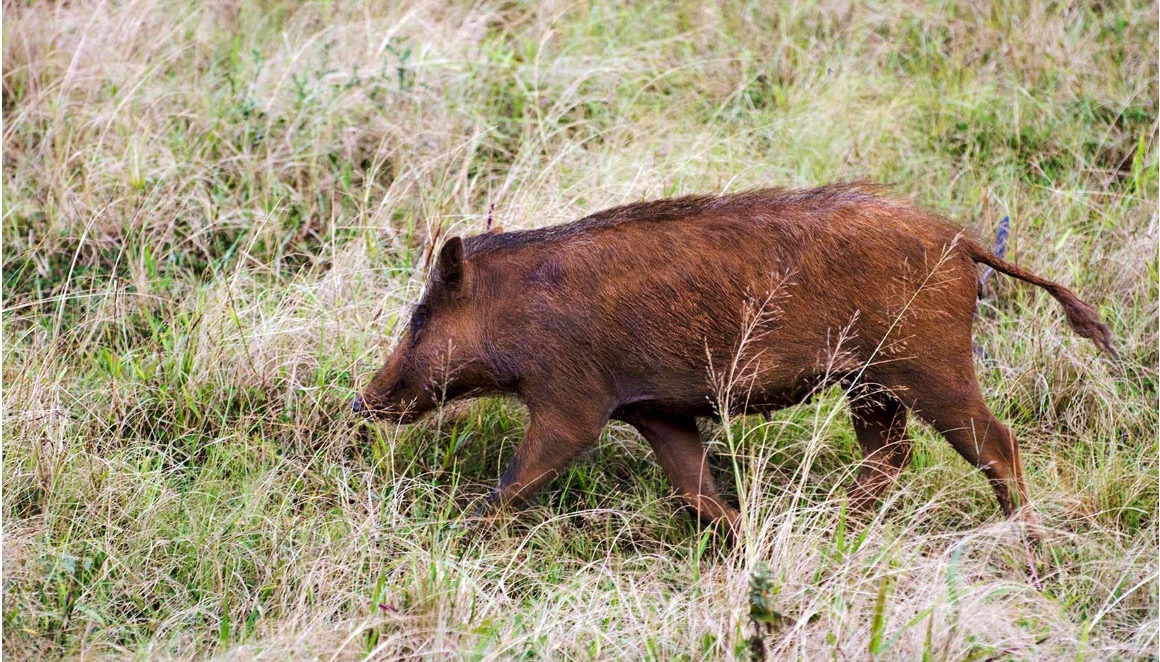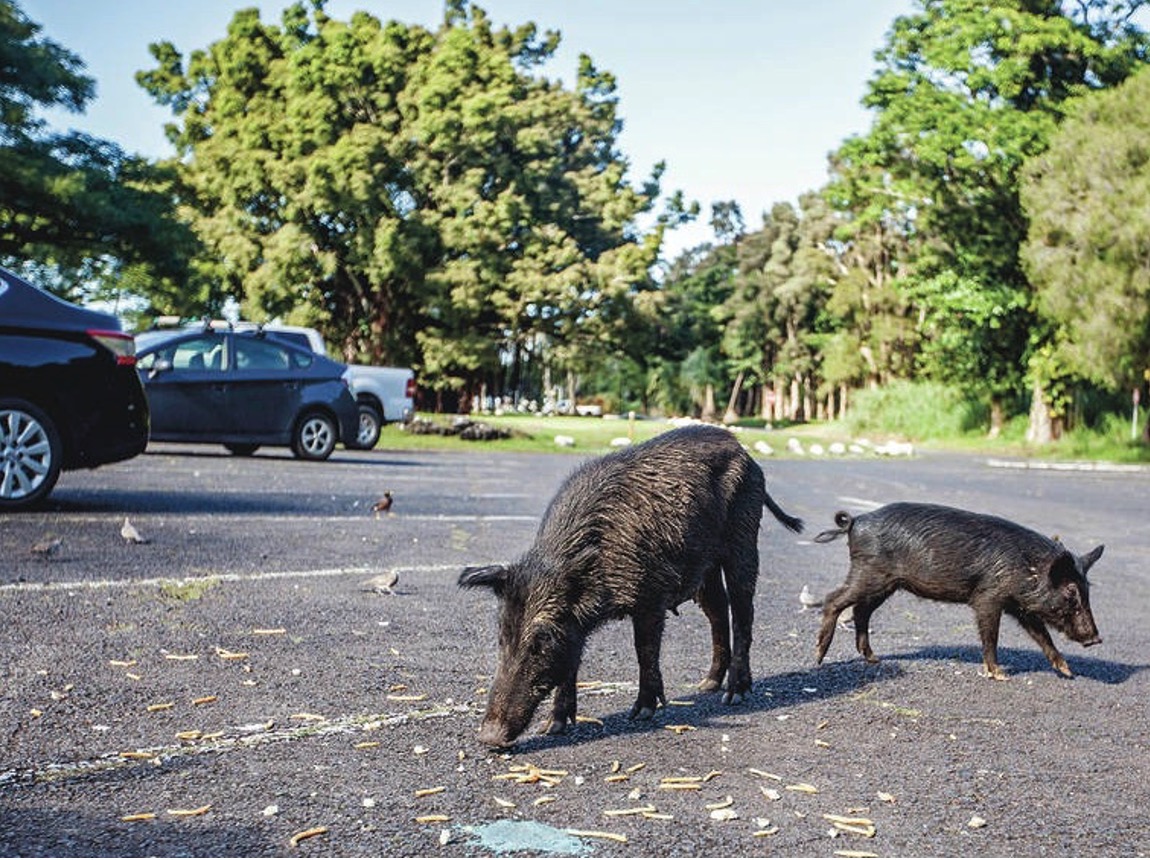Comments
ANIMAL WATCH - After a week of unfathomable suffering and anguish by residents and visitors on the Hawaiian island of Maui, the current count at this writing is 93 people confirmed dead and over 1,000 still missing in the inferno that destroyed homes, businesses, injured or killed family members and beloved pets.
CLIMATE CHANGE NOT AN EXCUSE FOR INACTION
Climate change is a normal part of evolution but has become the most-recent politically correct term for inaction and to dismiss responsibility but is highly conducive to obtaining grants and/or a bigger budget for more studies.
Studies regarding nature must relate to reality and the assimilation of noted variances in improving life or protecting it, because—in reality--we have little control over the evolution of the universe.
“Climate change” also cannot excuse failure to have all emergency response systems at peak efficiency 24-hours a day on the islands to protect both residents and visitors.
The reported availability of only three fire units and 65 emergency responders during the current massive Maui tragedy is unforgivable.
CNN reported on August 13, “On Maui, the second largest island in the Hawaiian archipelago, there are 80 outdoor sirens to alert residents to tsunamis and other natural disasters. They sat silent as people fled for their lives.”
“In fact, the state’s vaunted integrated outdoor siren warning system – the largest in the world, with about 400 alarms – was not activated during the fires,” according to Hawaii Emergency Management Agency spokesperson Adam Weintraub.
Maui wildfires caused more than $1.3 billion in residential property damage, according to a preliminary estimate.
The Federal Emergency Management Agency released a fire damage report Saturday that estimates about 2,207 structures have been damaged or destroyed and about 2,170 acres of land burned.
The total number of injuries—physically, economically and emotionally—will never be known.
ATTORNEY GENERAL TO CONDUCT INVESTIGATION

Attorney General Anne Lopez announced in a media release on August 12 that the Department of the Attorney General would be conducting “a comprehensive review of critical decision-making and standing policies leading up to, during, and after the wildfires on Maui and Hawaii islands this week.”
“The Department of the Attorney General shares the grief felt by all in Hawaiʻi, and our hearts go out to everyone affected by this tragedy,” Lopez said. “
“My Department is committed to understanding the decisions that were made before and during the wildfires and to sharing with the public the results of this review. As we continue to support all aspects of the ongoing relief effort, now is the time to begin this process of understanding,” she concluded.
Hawaii Governor Josh Green, who authorized the probe, addressed the lack of preparedness with the explanation that effort was hindered by power outages and damage to the phone network, CNN reported.
The U.S. Department of Health and Human s Services declared a public health emergency for Hawaii “to address the health impacts of the wildfires.”
“A drought in Hawaii exacerbated the fires, leaving very flammable vegetation that was at risk of being ignited when mixed with high winds from Hurricane Dora 500 miles south of Hawaii,” according to the Washington Post.
THE PROCESS OF UNDERSTANDING
There are many issues that will be brought up in the Attorney General’s review and many that won’t.
One critical category may seem so mundane that it is ignored in the sophisticated scientific analyses, but it must be addressed as part of a growing national problem; that is, the islands’ huge (and growing) population of feral hogs and their effect on Hawaii’s fires, ecosystem and additionally, especially in Hawaii after this disaster, on humans.
FERAL HOGS - THE AG’S STUDY MUST GET “DOWN AND DIRTY”

The Governor and his climate analysts are ignoring the fact that, although Hawaii’s environment is being changed by many things, a major developing threat is the unimpeded proliferation of feral hogs, which are one of the main causes of the excess dry shrubbery that is being attributed to “climate change.”
Feral pigs have affected the Oahu dry forest through their destructive and consistent grazing of the forest floor. They churn up the forest floor in order to find fleshy plant roots and earthworms. This process has endangered many of the native plant species and simultaneously rid the dry forest of many valuable nutrients.
The pigs’ damage causes major soil erosion and compaction, which is a hindrance to new plant growth and is extremely widespread; some areas like Puuwaawaa Wildlife Sanctuary on The Big Island have seen pig-rooting on over 40% of their land.
FERAL HOGS ARE A FIRE DANGER AND HEALTH HAZARD

Thousands of feral pigs—which are not native to Hawaii--populate the islands, dig up the soil, allowing invasive highly combustible growth to kill native plants and create dry brush conditions that flourish and are ignored.
This is not a new issue, but one that has been easy to ignore because there is little interest in feral pigs/wild boars; however, the government’s lack of preparation and excusing its failure to respond and attributing the losses in property and lives to “climate change” must stop when there is evidence of gross human error and the need to manage an important problem.
Feral pigs are now reported as a sizable, and growing, threat in 35 states.
According to recent estimates, this thriving species of wild boar has filled out to about 400,000 animals in the Hawaiian islands.
And, there are an estimated 6 million feral hogs in the entire United States, and the number and damage is growing daily because of their ability to procreate rapidly.
Their feeding and digging prevent young plants from establishing themselves.
Another impact that wild pig feeding has on the ecosystem is that they contribute to the spread of mosquitoes. Wild pigs like to hollow out the interiors of tree ferns in search of food. These hollowed-out trees act as rain catchers and collect rain runoff. These standing pools of water create the perfect conditions for mosquitoes to breed.
CARBON EMISSION (Climate Impact of Wild Pigs)
Study Findings: The climate impact of wild pigs greater than a million cars.
A 2021 study by the University of Queensland found that “by uprooting carbon trapped in soil, wild pigs are releasing around 4.9 million metric tons of carbon dioxide annually across the globe, the equivalent of 1.1 million cars.”
FEDERAL PROGRAMS IN PLACE

On June 22, 2022, the United States Department of Agriculture (USDA) posted that it has established a National Program To Combat Destructive Feral Swine:, which it describes as:
A Wide-Ranging Threat
Wild boar, razorback, feral hog, wild pig—those are just a few of the names for one of the most destructive, formidable invasive species in the United States.
It also points out the danger of some of the diseases that can be transmitted by feral pits to humans and domestic pets:
They can harbor and transmit dozens of parasites and diseases—such as pseudorabies, which is fatal to cats and dogs and a threat to domestic swine—as well as foodborne illnesses like E. coli, toxoplasmosis, and trichinosis.
The agency describes working with both Canada and Mexico on this program.
A bold program in AZ has reduced its massive feral pig problem to approximately 1,000 statewide.
(Phyllis M. Daugherty is a former Los Angeles City employee, an animal activist and a contributor to CityWatch.)
Also:
Wild Pigs in Oahu? How to Get Rid of These Destructive Animals
Pigs Are Increasingly Running Wild In Some Oahu Neighborhoods
Hawaii: Dangerous Dogs, Pit Bull Attacks Increase in Paradise)






